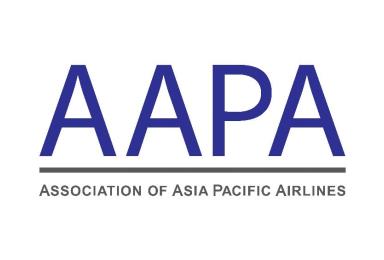KUALA LUMPUR, 28 September 2020: Border restrictions continue to suppress passenger demand, with little indication of recovery in sight for the remainder of the year according to an August traffic assessment released by the Association of Asia Pacific Airlines.
Asia Pacific airlines carried only 1 million international passengers in August, or just 3% of the 34 million passengers carried in the same month of 2019 according to preliminary data. Offered seat capacity was relatively higher at 9.6% of the levels operated last year. The average international passenger load factor was 35.8% for the month.

International air cargo demand in August, as measured in freight tonne-kilometres (FTK), registered a 19.3% decline year-on-year, reflecting the ongoing weakness of global trade flows. Freighter operations remained active, but significant cuts in the numbers of passenger flights led to a 33.4% overall year-on-year decline in offered freight capacity. As a result, the average international freight load factor increased by 12.3 percentage points to 70.6% for the month.
Commenting on the results, AAPA director general Subhas Menon said: “There is no international air travel market to speak of, as the border restrictions severely inhibit international air travel. Abrupt re-impositions of border closures by some countries due to a resurgence in Covid-19 cases have further shrunk passenger demand. Travellers, airlines and airports are struggling to make sense of the patchy, sweeping and unharmonised approaches to border regulations being imposed by various countries.”
Menon added, “The latest traffic results underscore the need for governments to review existing restrictions and implement harmonised protocols based on objective risk assessments. Uncoordinated measures and abrupt changes to protocols only serve to diminish travel confidence, with wider repercussions that impact consumers and businesses far beyond the aviation industry.”
He concluded: “AAPA calls for an urgent review of border closures and blanket quarantine requirements, particularly for travel between countries where the prevalence of the virus is low and contained. A more coherent and evidence-based approach to cross border measures and processes, including testing and quarantine, would pave the way to restore global mobility in a safe and sensible way.”






